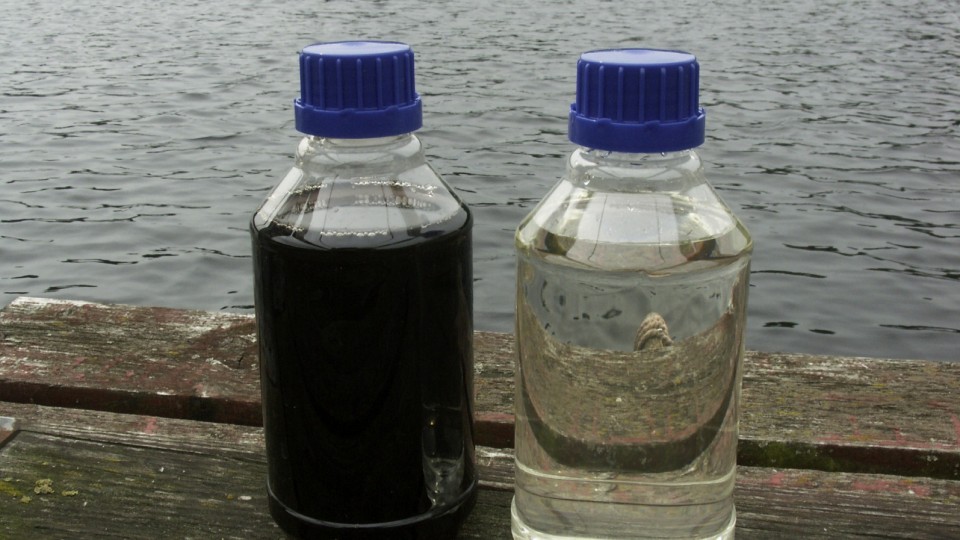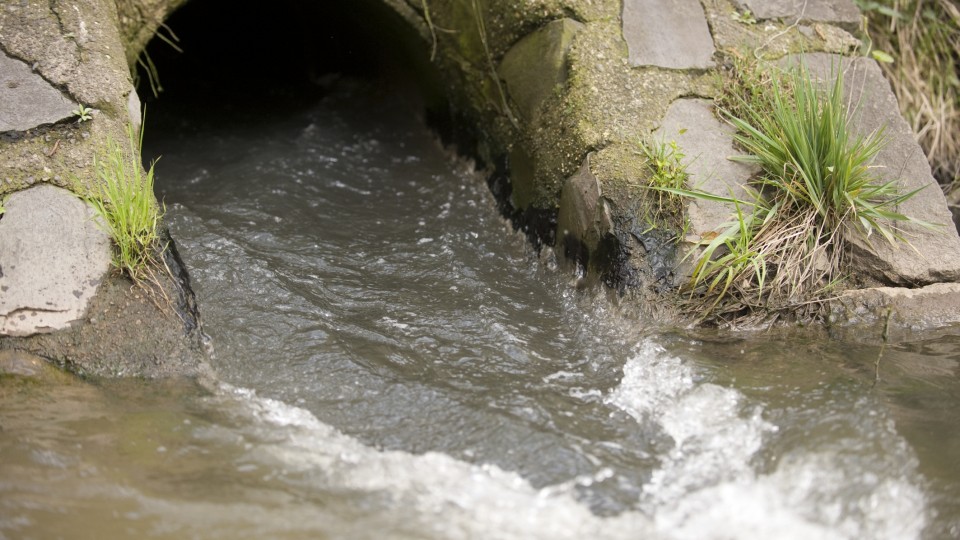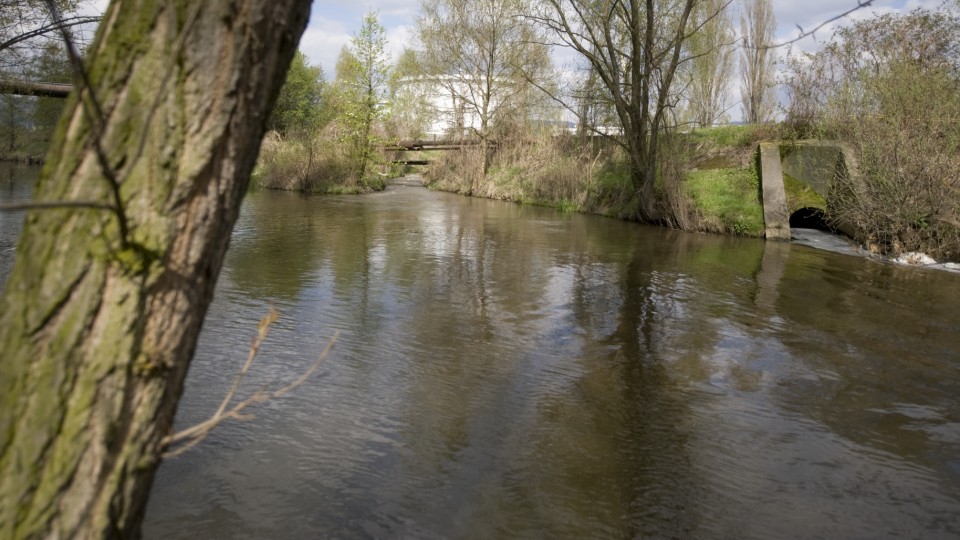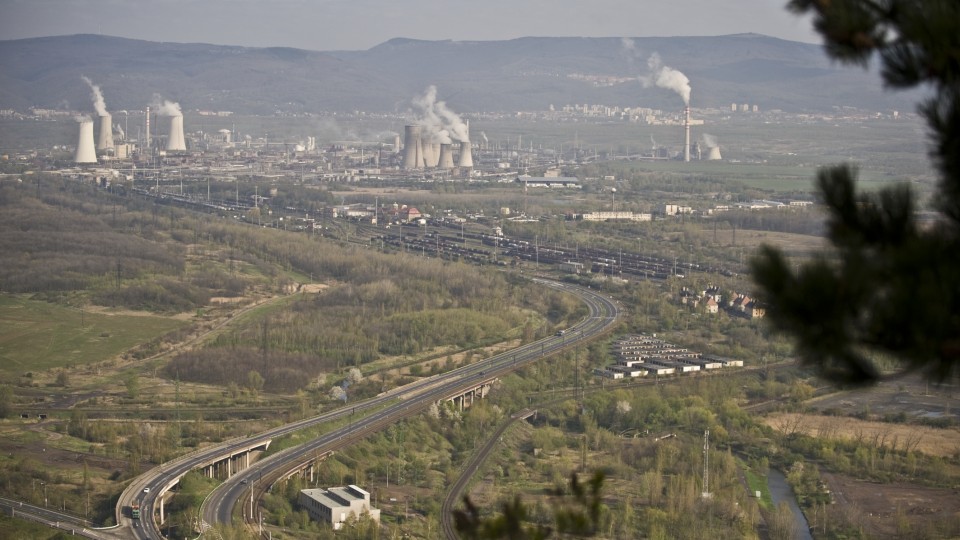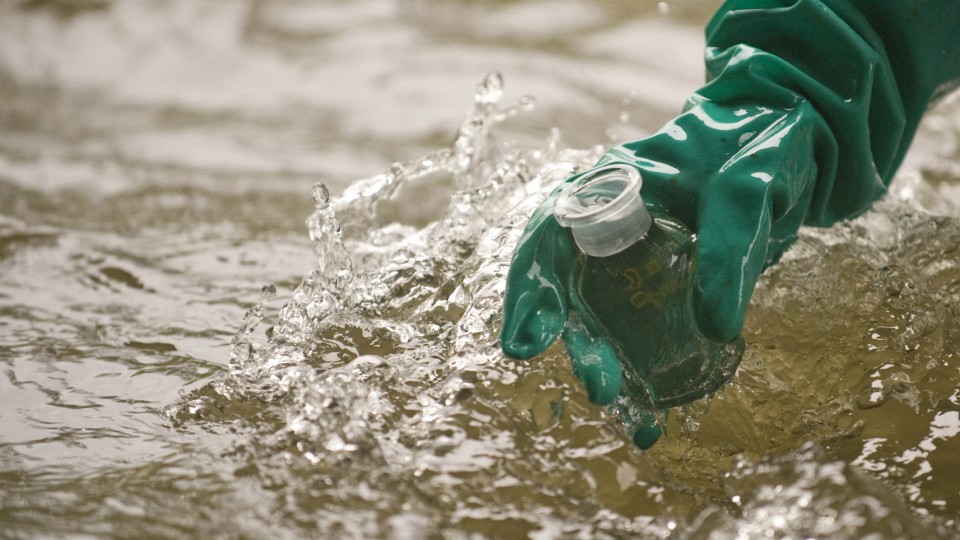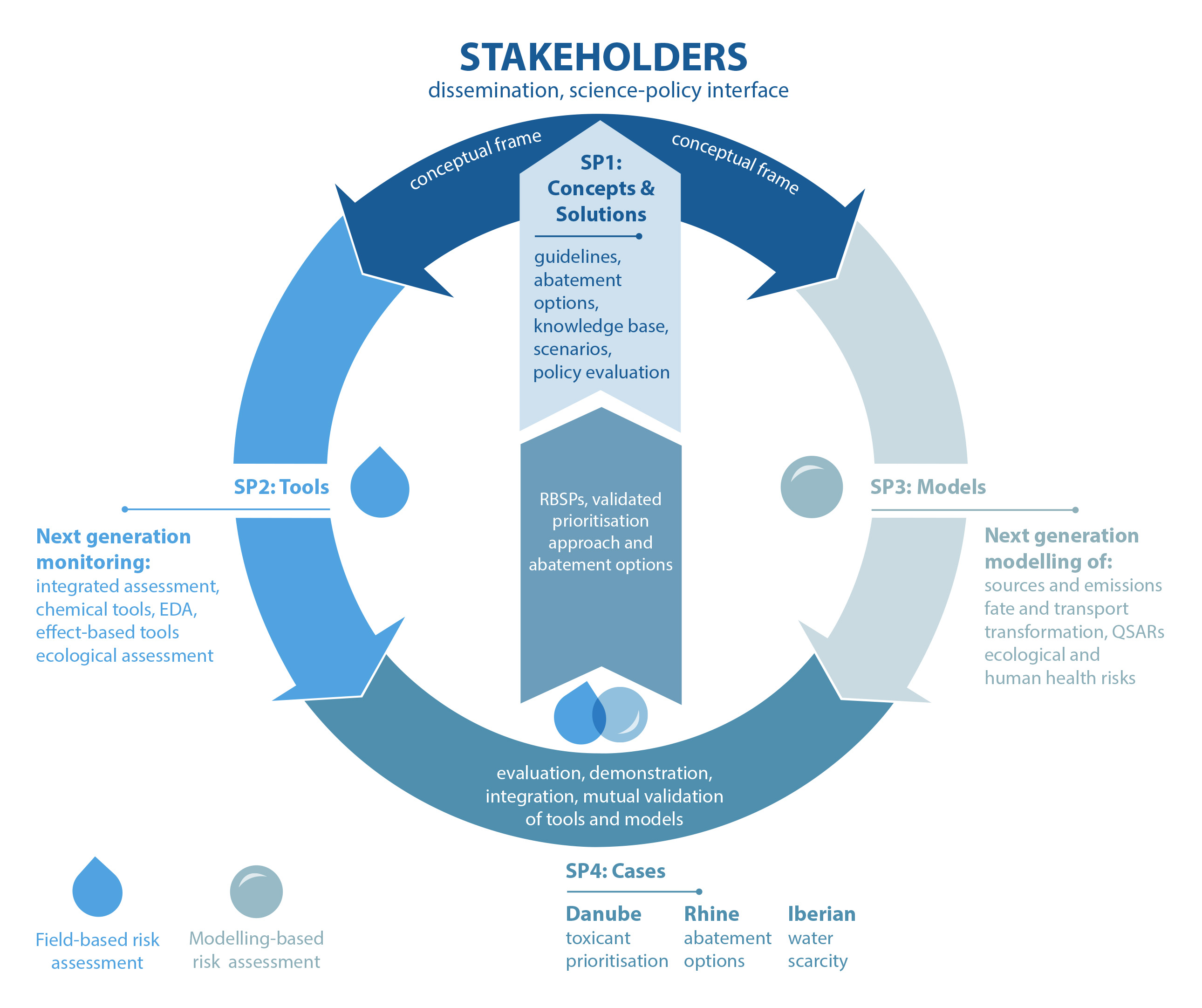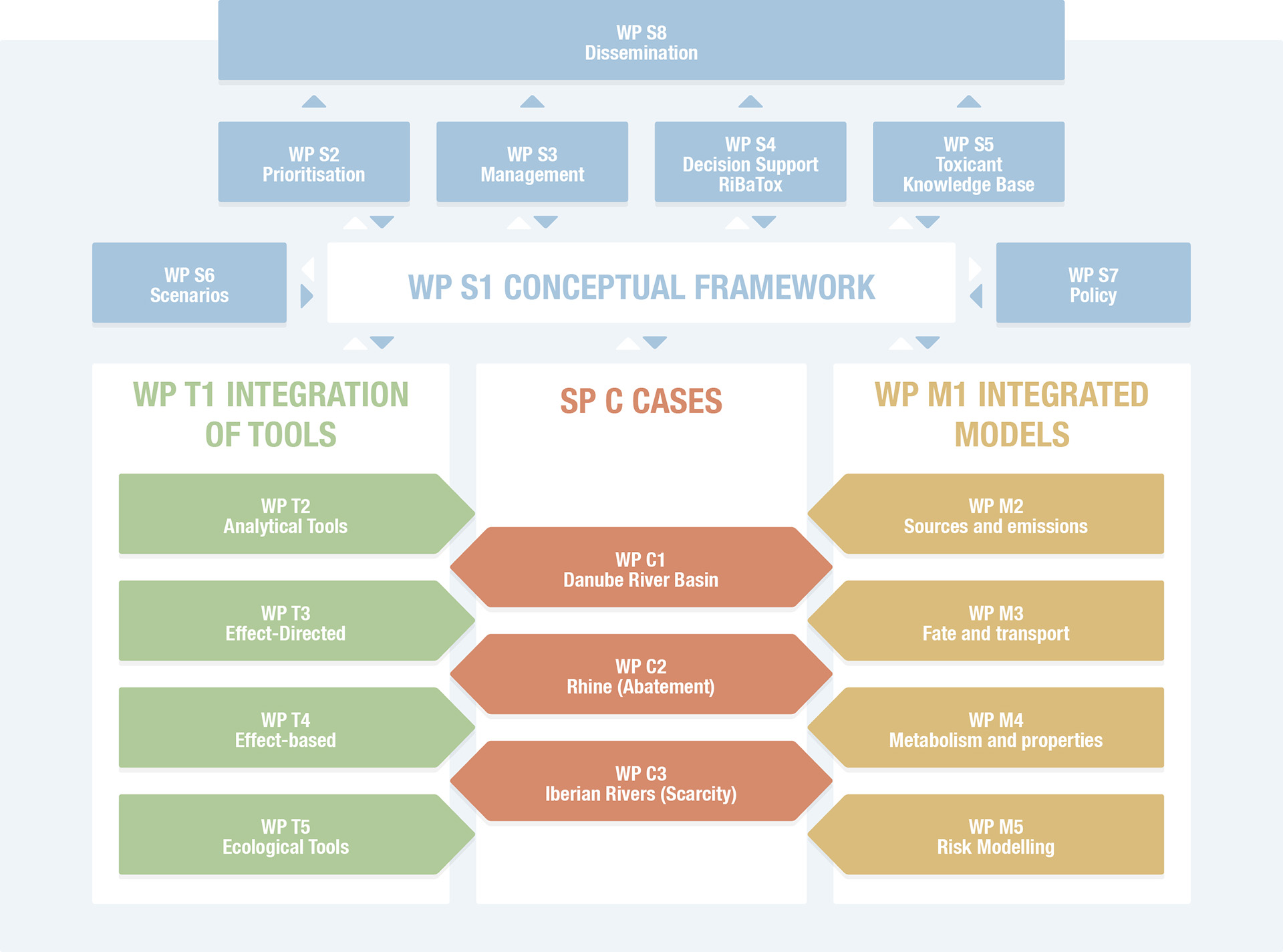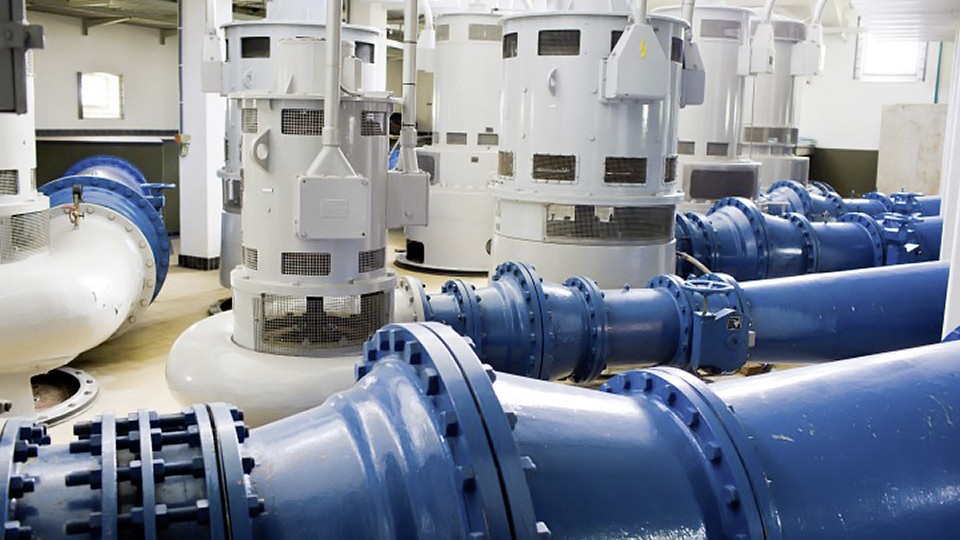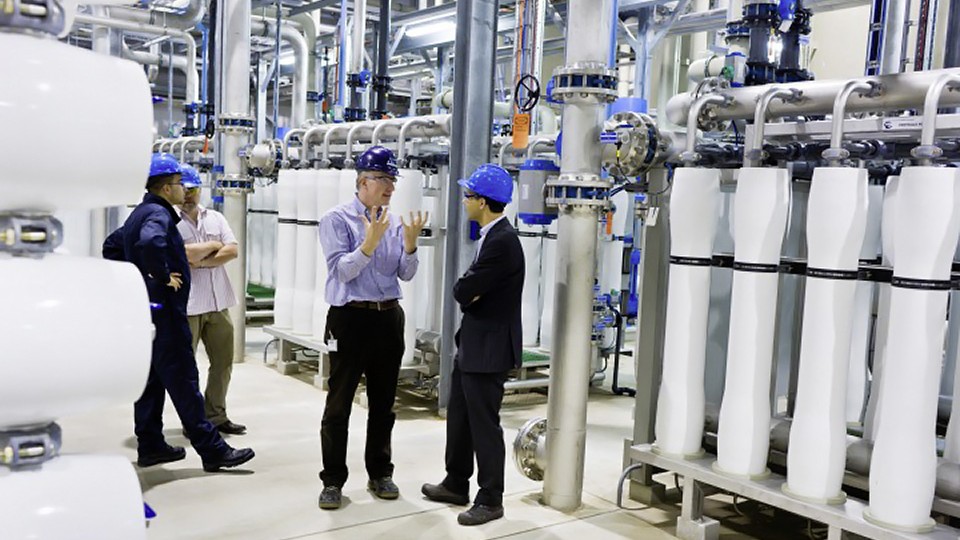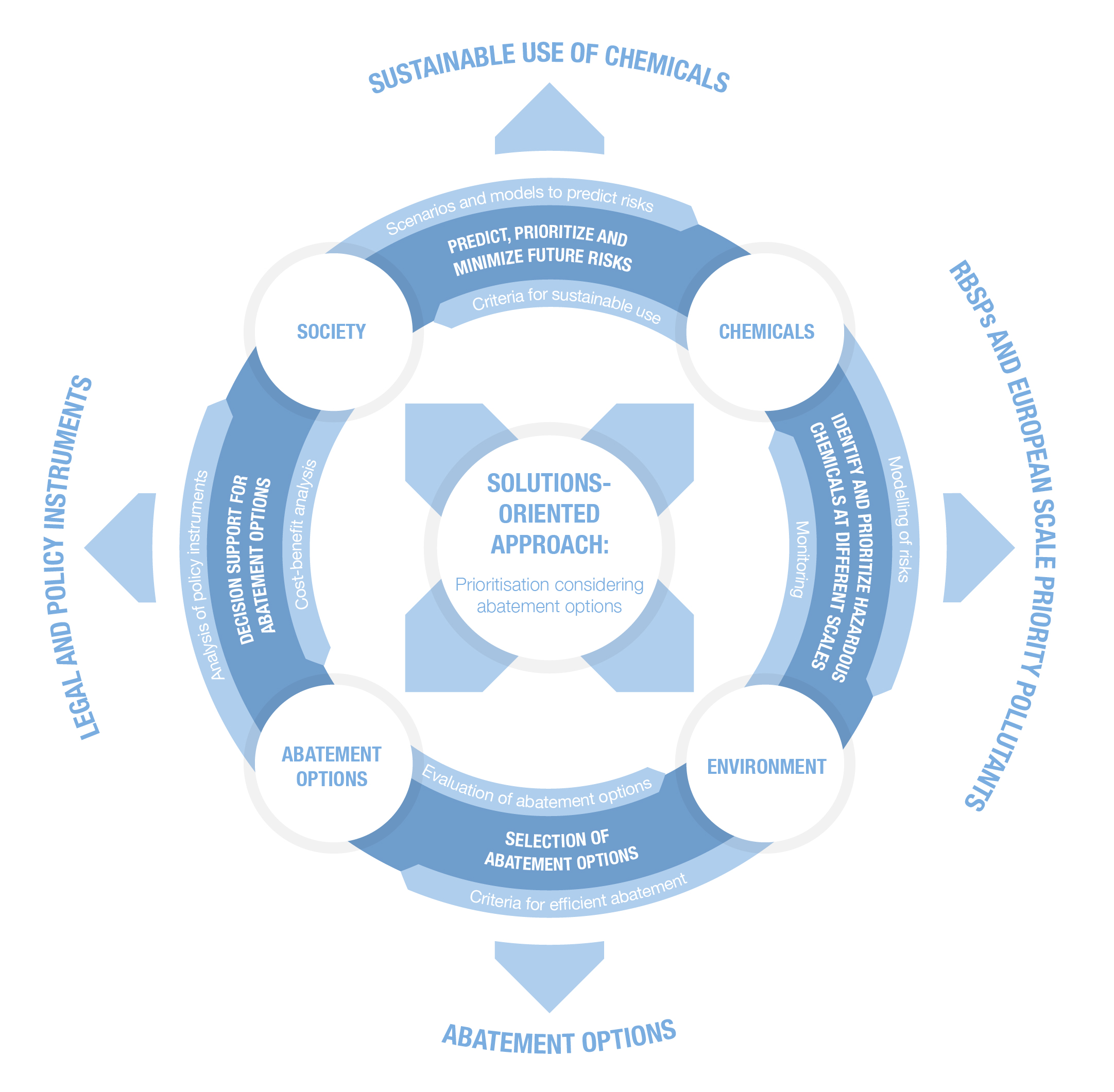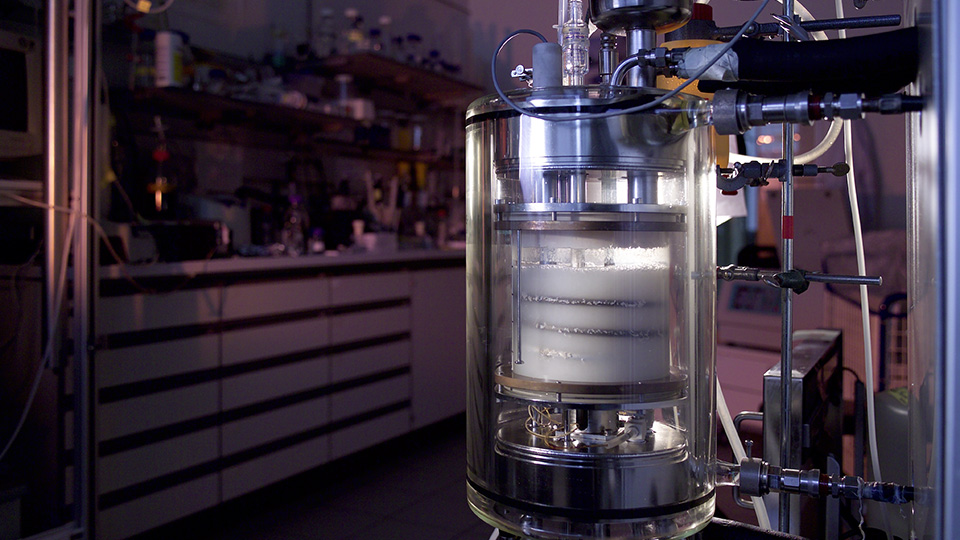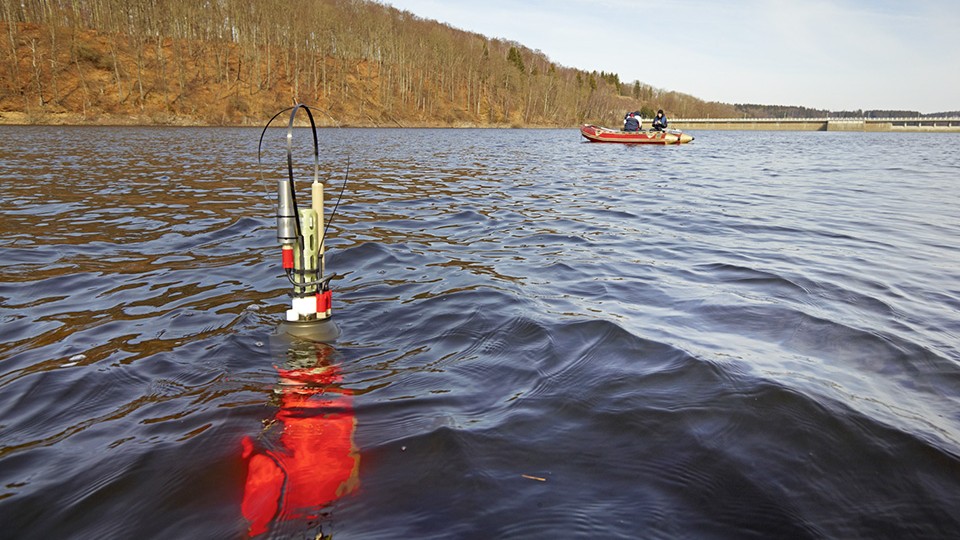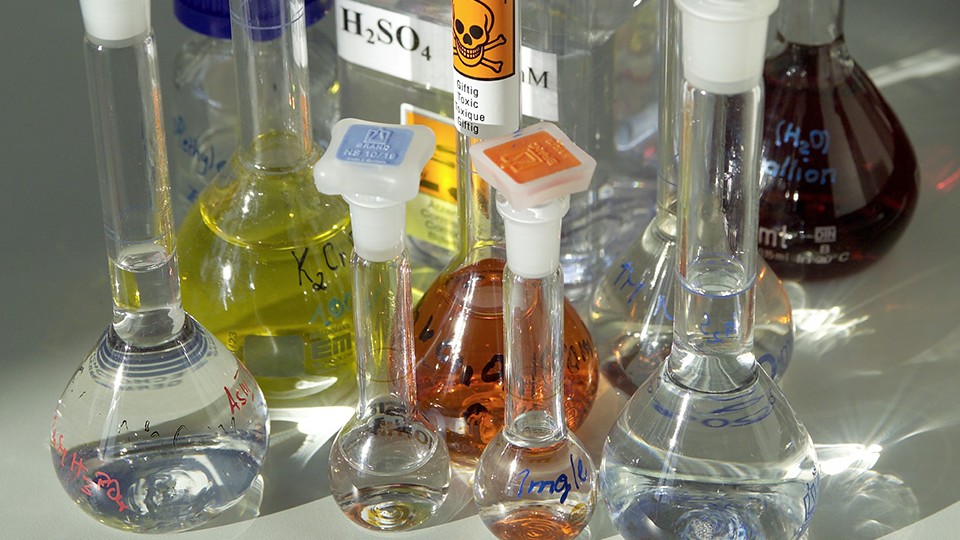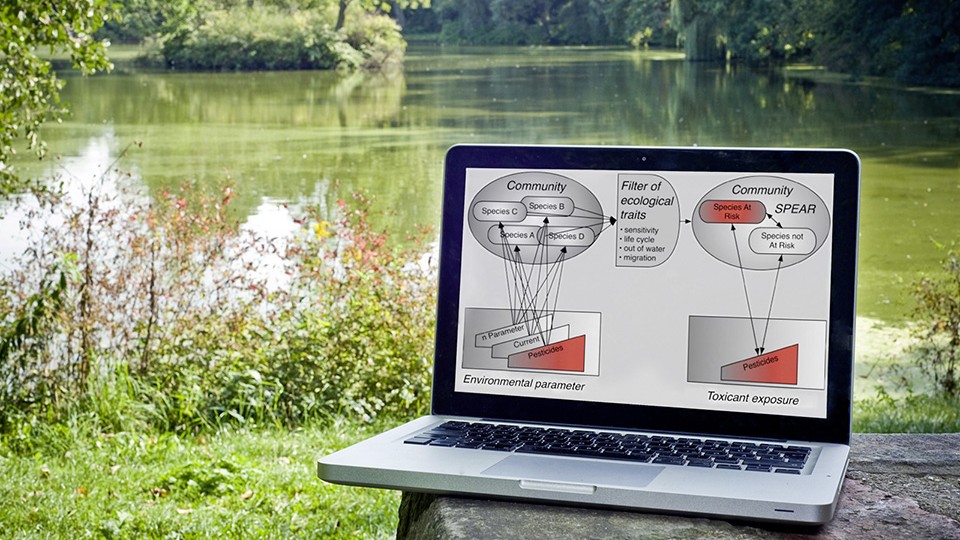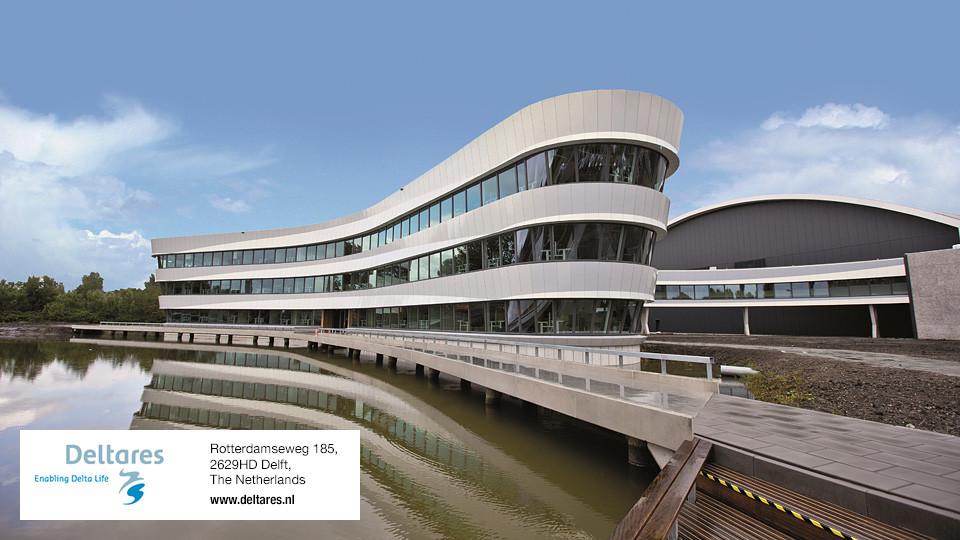SOLUTIONS searches for new and improved tools, models, and methods to support decisions in environmental and water policies. Therefore, the overall goal of the project is to produce consistent solutions for the large number of legacy, present and future emerging chemicals posing a risk to European water bodies with respect to ecosystems and human health.
To this end, SOLUTIONS:
- delivers efficient tools for the identification of risk substances and mixtures by developing a new generation of monitoring approaches and bio- & chemo-analytical tools.
- provides enhanced comprehension on chemical exposure and effect by compiling a full chain of integrated models and databases.
- demonstrates the added value of the new generation of tools in trans-European case studies (Danube, Rhine, and rivers of the Iberian peninsula) with links to existing monitoring programs such as the Joint Danube Survey.
- elaborates a coherent conceptual framework for the assessment, prioritization and abatement of pollutants and mixtures thereof to protect European waters and to minimize ecological and human health risks.
A specific focus of the project is on user-friendly products to be delivered for chemical and water resources management. To meet this objective, SOLUTIONS:
- evaluates potential opportunities and obstacles for cooperation between the WFD and other existing policies, as for example the Registration, Evaluation, Authorisation and Restriction of Chemicals (REACH).
- assesses abatement options and control measures for emerging pollutants in waste and drinking water treatment for an effective risk reduction.
- delivers a common knowledge base on a wide range of toxicants, an evidence-based compilation of chemical substances with emissions that might require regulation, and comprehensive lists of River Basin Specific Pollutants -RBSPs- for the Danube.
- identifies upcoming risks posed by future emerging pollutants on the basis of scenarios on economic development, technology, demography, climate change and others.
- synthesizes the new approaches and condenses them into user-friendly guidelines, computer tools and recommendations for the direct support of the implementation of the WFD.

